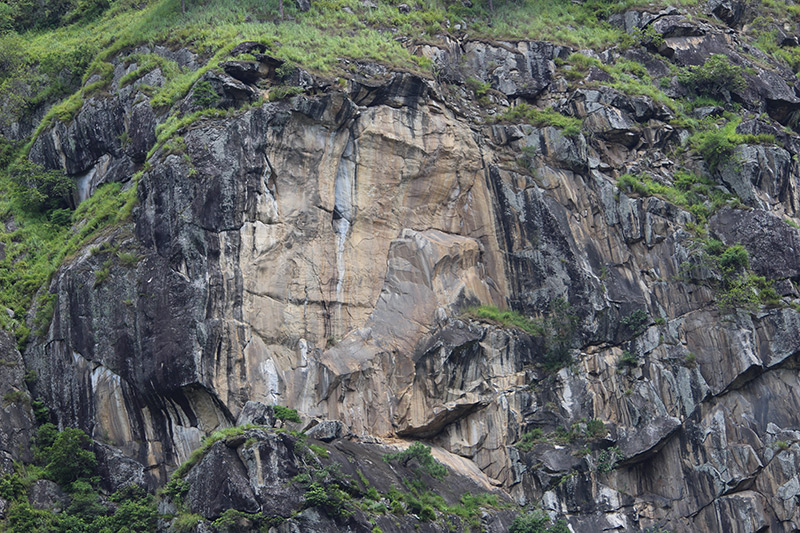 As with most religious places in Bhutan, Gomphu Kora (Gomphu: meditation cave, Kora: to circumambulate) too has a special story of its own, a classic face-off between the good and the evil.
As with most religious places in Bhutan, Gomphu Kora (Gomphu: meditation cave, Kora: to circumambulate) too has a special story of its own, a classic face-off between the good and the evil.
Ancient Bhutan had reputation for deadly evil forces, non-believers mostly referred to as demons. Many of these demons travelled long distances often coming to Bhutan from Tibet. They had one primary goal—to obstruct the spread of dharma. That’s why stories abound about saints who fight and tame many evil forces.
And so, the story of Gomphu Kora begins, with the arrival of a baddie named Dikparaza from Tibet. Saint Padmasamvabha follows him and eventually, through meditative energy, tames Dikparaza. To celebrate this, he constructs a stupa, a precursor to the existing bigger temple at Gomphu Kora reportedly built in the ninth century.

Visitors can see several fascinating associations to Guru Rinpoche in the locality—footprints on rocks, and personal belongings like hat and chair. The place, therefore, has infinite blessings of the Guru.
The festival came much later, in the 16th century. Today, it’s an annual event where hundreds of devotees from the Indian state of Arunachal Pradesh visit Gomphu Kora for the festival. Pilgrims from the Dakpa ethnic group of Tawang in Arunachal Pradesh showcase their unique traditions at the festival.
The festival features mask and folk dances. The locals and their Indian guests light up the place with gaiety and easy camaraderie. Men, women, and children camp around the Gomphu Kora Temple. They circumambulate the Temple day and night. The informality of the festival is what draws people from all around the country. Stories of romantic escapades abound with men and women often meeting their partners at the festival.
Another fascinating aspect of the Gomphu Kora locality is a crack on the rock across the river that is believed to be a woman’s pudenda. Locals call it Jamkhar Mother’s vagina. Just before the Gomphu Kora Festival, the fissure is believed to water, which people consider as Drupchu or holy water.
